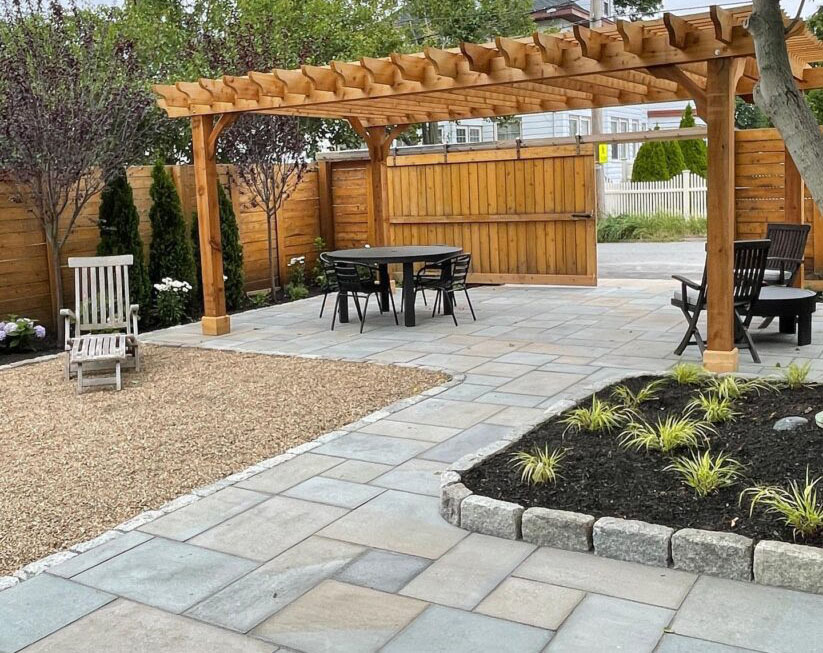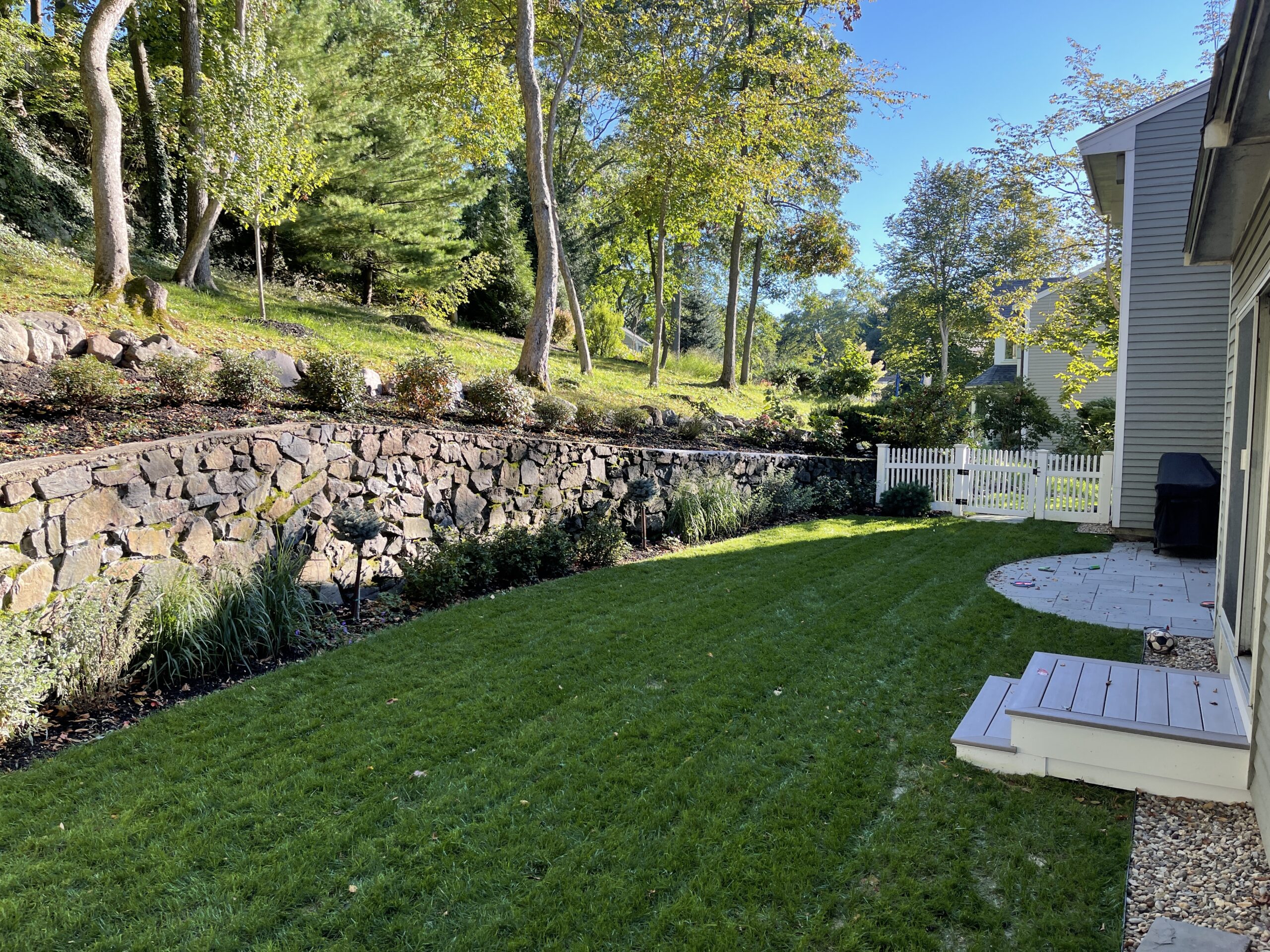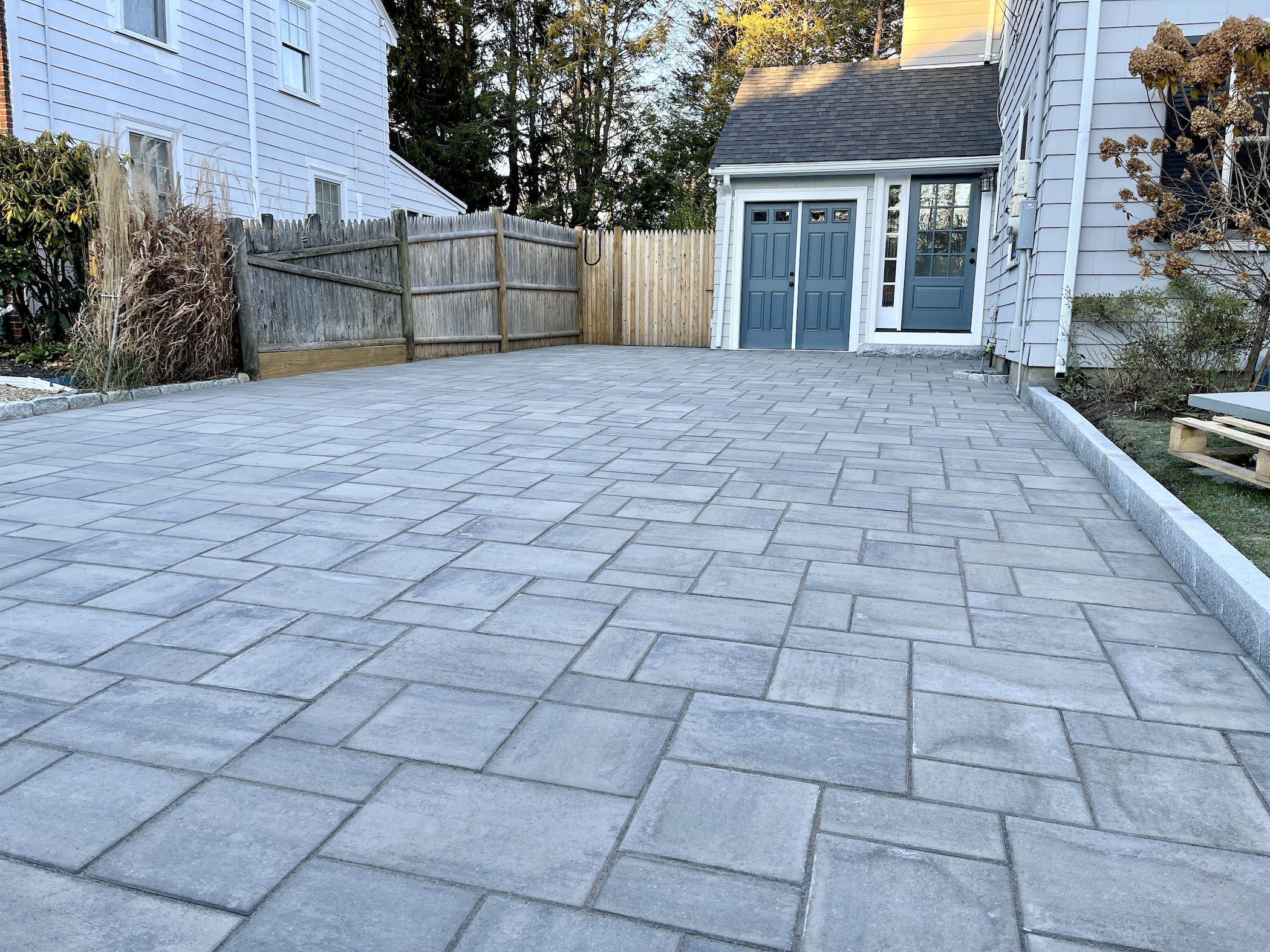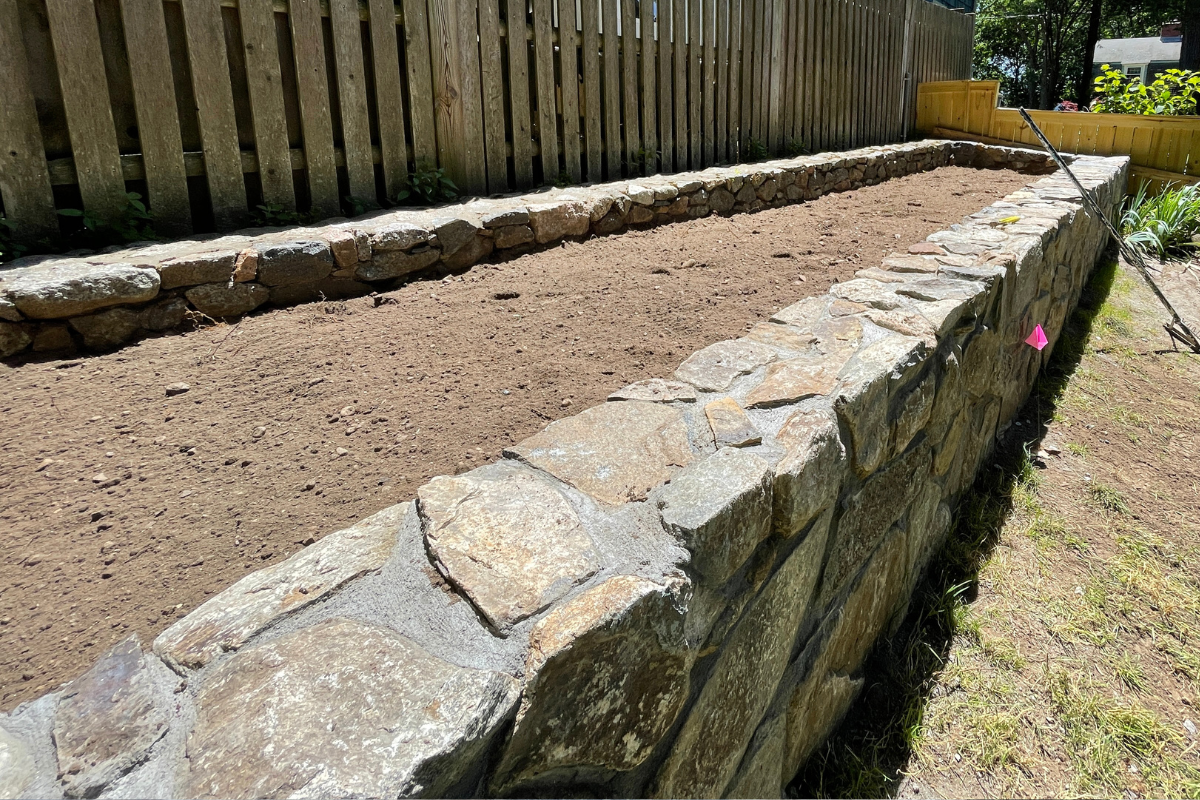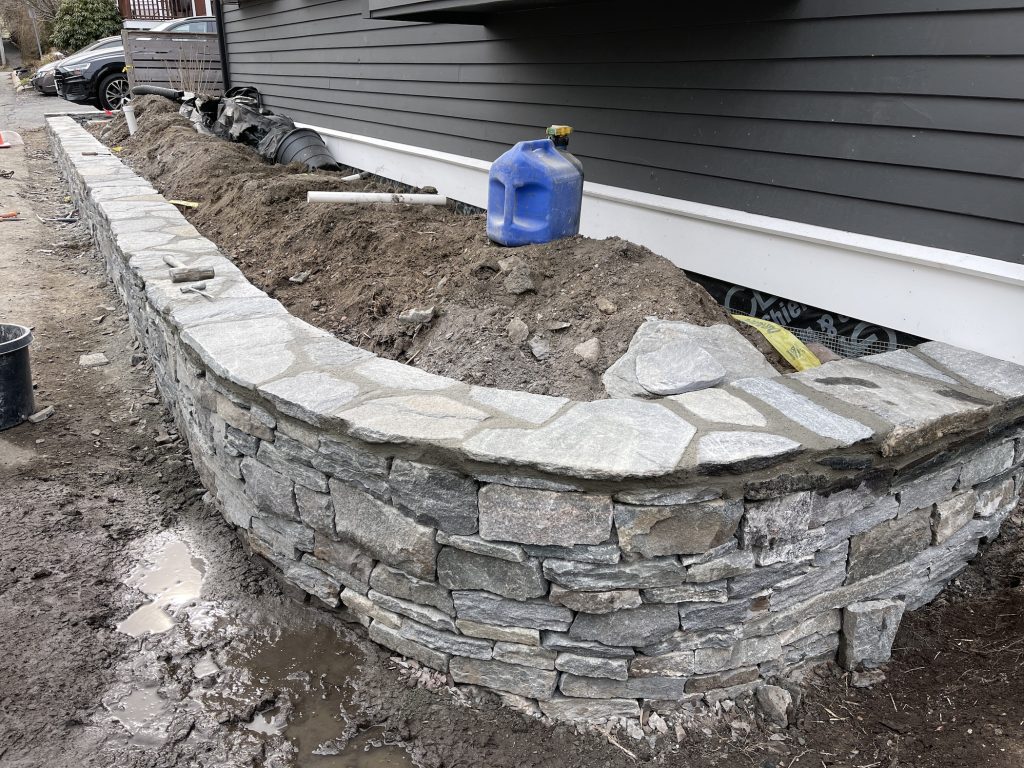
Masonry structures are synonymous with durability, elegance, and timeless appeal. From stone walls to patios, walkways, and chimneys, these features add functionality and value to any property. However, even the most robust masonry is not immune to the effects of time and environmental exposure and will require stonework maintenance. Recognizing early signs of wear and damage is critical to preserving your investment and avoiding costly repairs.
In this comprehensive guide to stonework maintenance, homeowners will learn how to identify common masonry issues, understand their causes, and take the necessary steps to maintain and repair their stonework.
Why Regular Masonry Inspections Are Important
Masonry is a significant long-term investment for any property, offering structural integrity and aesthetic charm. However, neglecting routine inspections and stonework maintenance can lead to problems that not only compromise the appearance of your stonework but also its safety and longevity.
The Benefits of Routine Checks
- Cost Savings: Addressing small issues early prevents them from escalating into expensive, large-scale repairs.
- Enhanced Curb Appeal: Well-maintained masonry adds a polished look to your property, increasing its market value.
- Improved Safety: Structural problems, such as leaning walls or loose stones, pose safety hazards that can be avoided with proactive care.
By regularly inspecting your masonry structures, you ensure that they remain functional and visually appealing for years to come.
Signs Your Masonry Needs Attention
To properly maintain your masonry, it’s essential to recognize the early warning signs of damage. Some indicators are subtle, while others are more obvious. Below are the most common signs your masonry may require repair:
1. Cracks and Gaps
Cracks in stone, brick, or mortar are among the most noticeable signs of masonry distress. These can develop due to structural stress, freeze-thaw cycles, or water infiltration. While small cracks may seem harmless, they can widen over time, allowing moisture to penetrate deeper into the structure. This can lead to further damage, such as loosening stones or weakened mortar.
2. Efflorescence
Efflorescence appears as a white, powdery residue on masonry surfaces. This phenomenon occurs when water evaporates from the stone or mortar, leaving behind salt deposits. While it is primarily an aesthetic issue, it indicates excessive moisture within the masonry, which can lead to deeper structural concerns if left unchecked.
3. Shifting or Uneven Surfaces
Loose stones, uneven pavers, or wobbly steps can create tripping hazards and signal underlying problems with the foundation. Shifting stones often result from soil erosion, poor drainage, or frost heave. Addressing these issues promptly is essential to maintaining safety and stability.
4. Weathering and Chipping
Over time, exposure to the elements causes masonry surfaces to fade, chip, or erode. This deterioration not only diminishes the aesthetic appeal of the structure but also reduces its strength and durability. Chipping can expose the inner layers of stone or brick, making them more vulnerable to further weathering.
5. Vegetation Growth
Weeds, moss, or other vegetation growing between stones or bricks indicate gaps or deteriorating mortar. While some homeowners find moss charming, it retains moisture and accelerates damage to the masonry. Weeds, on the other hand, can widen cracks and further destabilize the structure.
Steps to Address Masonry Issues
Once signs of damage are identified, taking immediate action is crucial to prevent further deterioration. While some repairs are suitable for DIY enthusiasts, others may require professional intervention.
1. Clean the Area
Cleaning is a necessary first step before addressing any masonry problem.
- Use a gentle pressure washer to remove dirt, debris, moss, or efflorescence.
- For delicate surfaces, avoid harsh chemicals that could damage the stone or mortar. Instead, opt for a mild soap-and-water solution or specialized masonry cleaners.
2. Seal Cracks
Small cracks can be sealed with masonry filler or a mortar mix:
- Clean the crack thoroughly to remove dust and debris.
- Apply the filler evenly, ensuring it penetrates the crack completely.
- Smooth the surface with a trowel and allow it to dry.
This simple step prevents water infiltration, which is a leading cause of masonry damage.
3. Replace Loose Stones
Loose or displaced stones should be reset promptly to maintain structural integrity:
- Remove the loose stone and clean its edges and surrounding area.
- Apply fresh mortar to the base and sides of the stone.
- Place the stone back into position, pressing firmly to secure it.
- Smooth the mortar around the edges and allow it to cure.
Preventing Future Damage
Prevention is the best way to extend the life of your masonry. Implementing these strategies can help minimize wear and tear over time:
1. Apply a Protective Sealant
A high-quality masonry sealant creates a protective barrier against water, reducing the risk of moisture infiltration and efflorescence. Sealants should be reapplied every few years, depending on the product’s lifespan and environmental conditions.
2. Ensure Proper Drainage
Poor drainage is a common cause of masonry problems, especially in areas with heavy rainfall. Installing or maintaining effective drainage systems, such as French drains or sloped grading, prevents water from pooling around masonry structures.
3. Perform Regular Inspections
Routine inspections allow you to spot and address minor issues before they worsen. Check your masonry structures at least twice a year, ideally in spring and fall, when temperature changes are most likely to cause damage.
4. Limit Vegetation Growth
Keep vegetation away from masonry structures. Remove weeds and trim nearby plants to prevent root intrusion and excess moisture buildup.
When to Call a Professional
While minor masonry issues can often be addressed with DIY repairs, some situations require the expertise of a professional mason. Knowing when to seek help is critical to ensuring the safety and longevity of your stonework.
Signs You Need Professional Assistance
- Large Cracks: Significant cracks, particularly those that span multiple stones or bricks, may indicate structural problems that need expert evaluation.
- Leaning or Collapsing Structures: A leaning wall or chimney is a serious safety hazard and should be inspected immediately.
- Persistent Moisture Issues: Chronic moisture problems, such as efflorescence that reappears despite cleaning, often require professional drainage solutions.
- Historic Masonry: Restoring historic stonework requires specialized skills and materials to preserve its authenticity and character.
Extending the Life of Your Masonry with Stonework Maintenance
With proper care and maintenance, masonry features can last for decades, maintaining their beauty and functionality throughout their lifespan. Here’s how to protect your investment:
1. Address Issues Promptly
Timely repairs prevent minor problems from becoming major expenses. Regularly inspect your masonry for signs of wear, and don’t delay necessary maintenance.
2. Hire Professionals for Complex Repairs
Professional masons bring expertise and precision to challenging projects, ensuring lasting results that enhance both safety and aesthetics.
3. Clean and Seal Regularly
Routine cleaning and sealing protect your masonry from environmental damage, preserving its appearance and structural integrity.
Conclusion
Masonry structures are durable and timeless, but they require consistent care to remain functional and attractive. By recognizing the early signs of damage—such as cracks, efflorescence, and uneven surfaces—homeowners can address issues before they escalate.
Proactive stonework maintenance, including regular cleaning, sealing, and inspections, extends the lifespan of stonework and enhances its beauty. For more complex problems, hiring a professional ensures safe and effective repairs.
With thoughtful attention and care, your masonry features can continue to add charm, value, and functionality to your property for generations to come.

